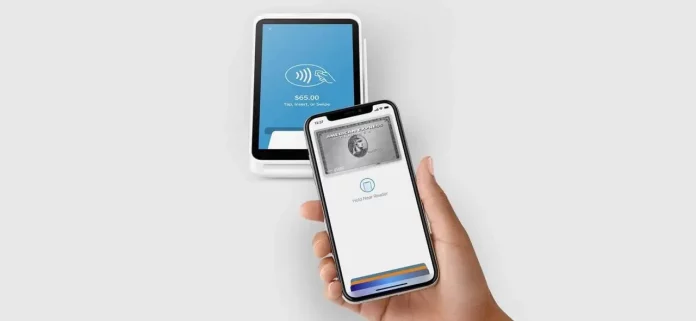In a significant shift, Apple is granting third-party developers access to the NFC (Near Field Communication) capabilities of its devices with the release of iOS 18.1. This move is expected to unlock new possibilities for app developers, enabling them to create more innovative and interactive experiences for users.
Previously, Apple’s NFC functionality was largely restricted to its own services, such as Apple Pay. However, with iOS 18.1, developers will now have the ability to utilize NFC for a broader range of applications. This could include everything from enhanced contactless payments to more advanced security features and personalized experiences in various sectors, including retail, healthcare, and transportation.
For developers, this access means they can build apps that interact more seamlessly with the physical world. For instance, businesses could develop apps that allow customers to check in or make payments simply by tapping their phones against an NFC-enabled terminal. Similarly, healthcare providers could use NFC to streamline patient check-ins or manage medical records more efficiently.
This change is also likely to fuel competition among app developers, as they now have the tools to innovate in ways that were previously limited by Apple’s strict controls. The expanded NFC access could lead to a surge in new apps and services that take full advantage of this technology.
Apple’s decision to open up NFC functionality aligns with broader trends in the tech industry, where companies are increasingly allowing third-party developers more freedom to explore and expand the capabilities of their platforms. By doing so, Apple not only enhances the versatility of its devices but also strengthens its ecosystem by encouraging developers to create richer, more diverse experiences for iOS users.
As iOS 18.1 rolls out, it will be interesting to see how developers leverage this newfound access to NFC technology. Whether through enhanced user interactions or entirely new app categories, the possibilities are vast, and the impact on the iOS ecosystem could be substantial.

